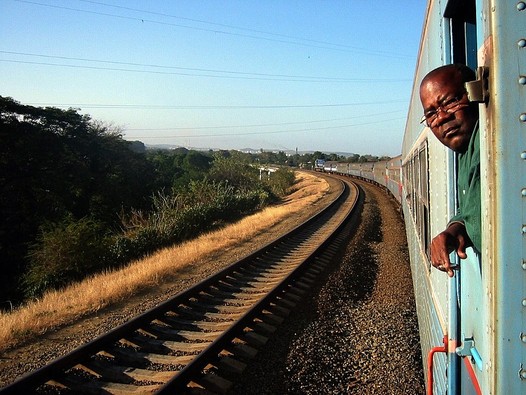 Ana Luisa Millares, 43, from Holguin, has lived for less than eight years in a neighborhood of Havana. Nobody can explain how, in such a short time, they gave her a phone line and assigned her a ‘mission ‘ (collaborative work) in Venezuela. She returned full of electrical appliances and enough money, in less than twelve months, to build a house.
Ana Luisa Millares, 43, from Holguin, has lived for less than eight years in a neighborhood of Havana. Nobody can explain how, in such a short time, they gave her a phone line and assigned her a ‘mission ‘ (collaborative work) in Venezuela. She returned full of electrical appliances and enough money, in less than twelve months, to build a house.
Her neighbors are annoyed with the rise in living standards of Mrs. Millares. Many haven’t managed to get half of what she has in their whole lives. Disparagingly and to her back, they call her “the Palestinian” as Havana natives call those born in the eastern provinces.
Migration, mainly from the countryside to the capital, is determined, in the first place, by the difference in economic and social development among the country’s provinces. On the other hand, the government fills the workforce in positions Habaneros reject with people from the east.
Little or nothing is said about it. Until today, no sociological analysis explains the wariness of Habaneros with respect to easterners. Even the legal rules imposed by the government curb migration to the capital, like Decree 217 of the Executive Committee of the Council of Ministers reinforces this sense of rejection.
Some justify the rejection with historic events. Accordingly, they allege that when the guerrillas, mostly easterners, arrived in Havana in January of 1959, they destroyed the capital. They became the dominant group and took over the best properties in the city for themselves and their families. Since then, like the musical group Van Van sings, “Havana can’t take any more.”
Habaneros have other hypotheses. There are those who think it’s a problem of idiosyncrasy and are sure that the easterners are usually unconditionally supporters of the government and, in turn, the most hypocritical. They also argue that the top leaders of the government are nominated and elected by the eastern territories from which they come.
Others mention a reality: easterners make up the majority of the police, the principal force repressing citizens in the capital. A job rejected by capital residents, even before the triumph o the Revolution in January of 1959.
It’s a fact recognized by Raul Castro in the closing of the first parliamentary session in 2008, when he said that, “if the easterners didn’t come to look after the Habaneros, there would be an increase in robberies.” A phrase with more than one interpretation.
In reality, it’s the government itself that foments the migration from other regions to the capital. Raul Castro himself asked, “Who is going to build in Havana if construction workers don’t come from almost the whole country, and especially from the East. How many teachers from the provinces of the interior and especially from the East. And the capital, I believe, is what most inhabitants have.”
As a result of this situation, in Havana the citizens native to the east of the country are the most vulnerable from a social point of view. And some attitudes may even be described as xenophobic. An issue where the government has the major responsibility. On the one hand
it blocks migration, violating the fundamental rights of these people. And on the other, it stimulates it, according to its convenience.
January 25 2011
